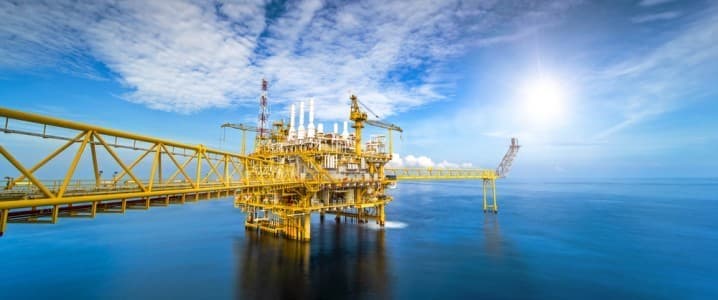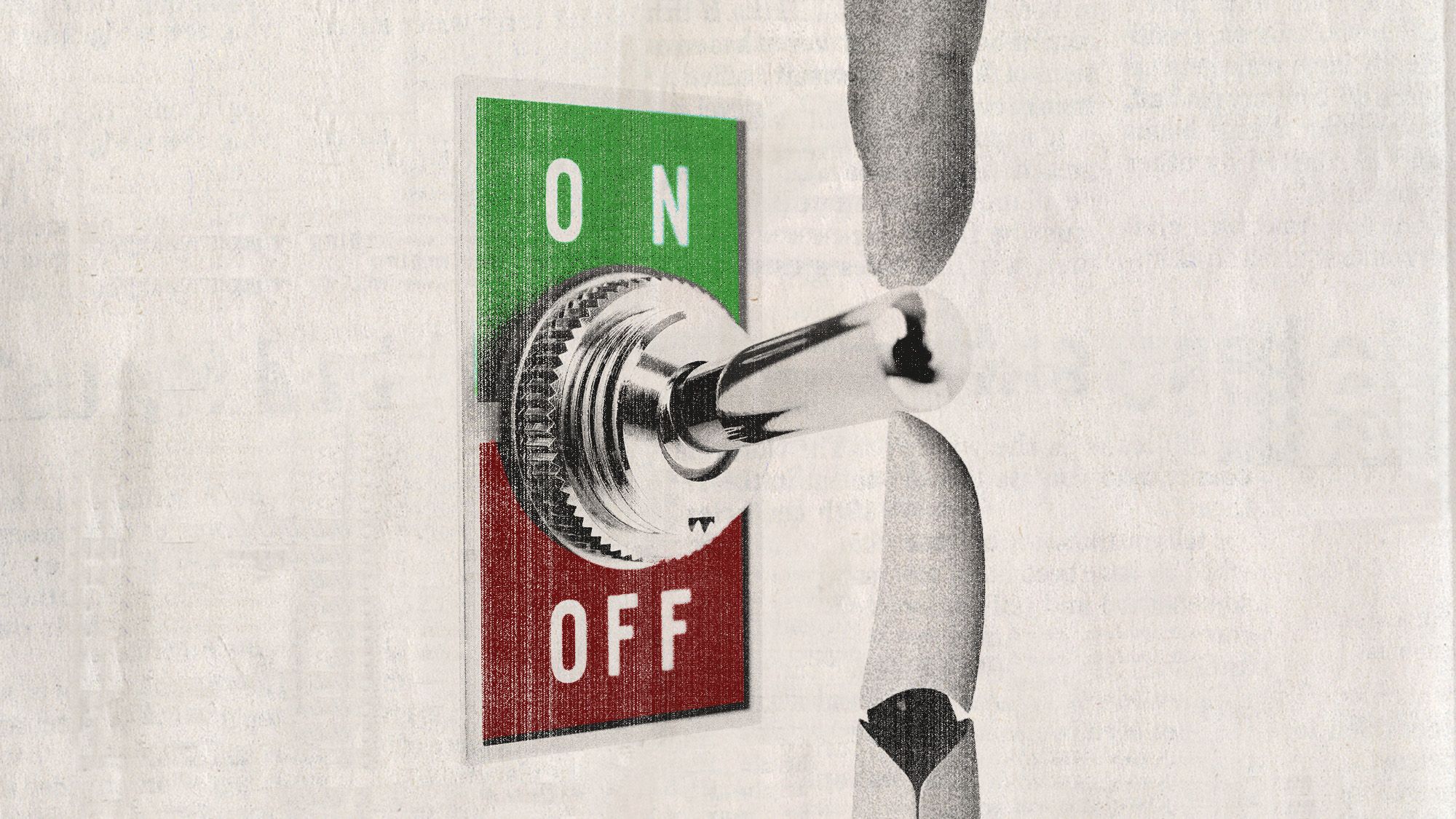Copyright OilPrice

Pakistan has received bids for 23 of the 40 offshore oil blocks it offered in its first bidding round in 18 years, marking a significant increase in investor interest in the country's energy sector. The government awarded the offshore blocks to four consortiums, led by major local energy companies such as state-run Oil and Gas Development Co. Ltd (OGDCL), Pakistan Petroleum Ltd (PPL) and MariEnergies, as well as Turkey's national oil company, Türkiye Petrolleri Anonim Ortakl (TPAO). The Turkish energy giant signed a joint bidding agreement with PPL earlier this year to explore the country's offshore prospects. These consortiums have pledged an initial $80 million for the exploration phase, with total investment possibly reaching up to $1 billion if drilling proceeds. The successful bids for the offshore blocks covering around 53,500 square kilometres have come as the Southern Asian nation desperately tries to ramp up domestic oil and gas production in a bid to lower its energy import bill and enhance energy security. Back in April, OGDCL, PPL, TPAO and MariEnergies signed a Joint Bidding Agreement to jointly participate in offshore oil and gas exploration in Pakistan's territorial waters. The partnership aims to attract foreign investment and leverage international technology for exploring Pakistan’s offshore oil resources. Pakistan has a total of 300,000 square kilometre offshore zone, bordering the United Arab Emirates, Oman and Iran. However, just 18 wells have been drilled since the country gained independence in 1947, making it difficult to fully assess its hydrocarbon potential. Pakistan currently imports 85% of its crude oil, 29% of its natural gas, 50% of its LPG, and 20% of its coal. The country saw its energy import bill skyrocket to $17.5 billion in 2023, a figure that’s projected to nearly double by 2030. In June, the Pakistan Oilfields Limited (POL) and OGDCL announced the successful testing of the Makori Deep-03 Offshore Development Well, yielding 2,112 barrels per day of condensate and 22.08 million standard cubic feet of gas per day (MMSCFD) after reaching a final depth of 3,887 meters. Whereas local media described the discovery as one of the largest in the region, unlocking Pakistan’s offshore hydrocarbon potential will not come cheap, with experts estimating that exploration alone could require upwards of $5 billion in investment. Further, Pakistan needs an estimated $25 billion to $30 billion in investment over the next decade to extract just 10% of its total 235 trillion cubic feet (TCF) of natural gas reserves and reduce foreign exchange outflows. However, Pakistan will have to grapple with persistent security risks that have dogged the country for years, including terrorism and political instability. Insecurity complicates the country's energy investment outlook by deterring foreign direct investment (FDI), increasing project costs and delays, and hindering the development of indigenous resources. International investors have been hesitant to commit to long-term projects due to the perceived high risk associated with an unstable political and security environment. Security challenges, particularly in provinces with significant natural resources like Balochistan and Sindh, have disrupted project development and construction. For example, the security threats posed to the Iran-Pakistan gas pipeline project and the need for a dedicated Special Security Division for CPEC projects illustrate the tangible impact of security issues on project timelines and implementation. China-Pakistan Economic Corridor (CPEC), is Beijing’s flagship $62 billion infrastructure initiative in Pakistan. CPEC has achieved significant milestones, primarily in developing energy infrastructure to alleviate power shortages and building extensive transportation networks to improve connectivity. It has also operationalized the Gwadar Port and generated thousands of jobs. Several successful coal, hydro, wind, and solar power projects in Pakistan have been credited to CPEC. These include the 1,320 MW Sahiwal and Port Qasim coal-fired power plants; the 720 MW Karot Hydropower Project, and several wind farms including in Jhimpir and Thatta. CPEC has also played a role in improving the country’s transmission infrastructure, including the 660 kV Matiari-Lahore HVDC Transmission Line project, designed to evacuate 4,000 MW of power from generating units in the south of Pakistan to urban load centers in Punjab province. Related: Oil Prices Fall Towards $60 As Supply Fears Mount However, CPEC has also been blamed for burdening Pakistan with debt, with many critics claiming it has played a significant factor in the country's debt crisis. Pakistan has taken on substantial loans for CPEC infrastructure projects, making China its largest external creditor. While projects have improved infrastructure, they have not yet created the expected economic growth to service the debt, leading to a cycle of new loans to cover old ones. Pakistan’s total public debt is currently at ~$269 billion, with external debt at around $87.4 billion, with the country facing significant external debt repayments. However, a major cause of the debt crisis is Pakistan’s poor tax regime, characterized by a narrow tax base and a large portion of the wealthy elite evading taxes, forcing the government to rely heavily on borrowed money for state operations. Pakistan’s tax-to-GDP ratio has recently improved to 15.7%, well below the OECD average of 33.9%, and nearly 20% average for Asian countries. By Alex Kimani for Oilprice.com More Top Reads From Oilprice.com Mali Lithium Mine Defies Rebel Fuel Blockade Libya Announces New Onshore Oil Discovery HSBC Maintains Bearish Oil Price Forecast Despite OPEC+ Hikes



